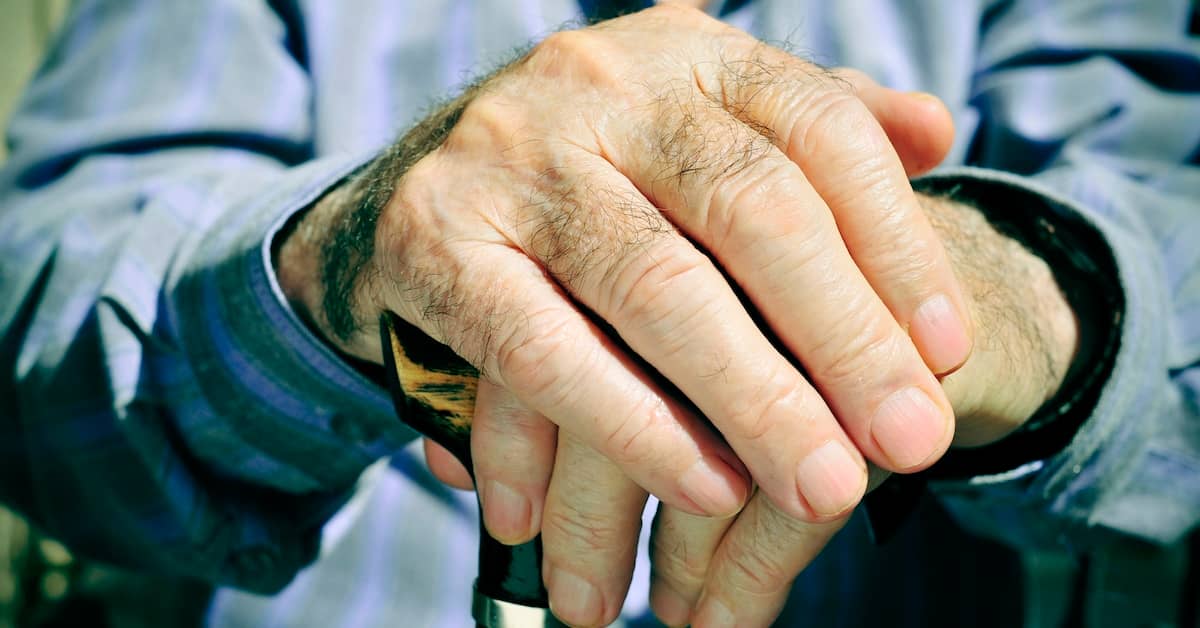
One looks half their age while the other displays many of the signs of aging. Then again, outward appearances may suggest they’re the same age, but they may have very different health-related futures and life expectancy.
In short, their chronological age may be the same but their biological ages may be quite different.
Finding a way to measure a person’s “real” age (as opposed to what the calendar says) could be far more valuable in identifying and predicting risk factors that influence health and length of life.
Now researchers from China have come up with a test to do just that. It’s a promising approach, so let’s take a look. . .
Level of Free Radicals is The Tipoff
The free radical theory of aging proposes that cumulative damage to the cells and tissues occurs as a result of oxidative stress.Proponents put forward many reasons why we should accept this theory. These include the fact that free radical damage increases with age, and that in experiments with lab insects and animals, reducing reactive oxygen species (free radicals) by calorie restriction increases lifespan.
The free radical theory also explains many of the structural changes that develop with aging such as the damage that occurs to cell membranes, proteins, and DNA, as well as the decline in mitochondrial (energy) function.
The test the Chinese scientists have come up with reflects the amount of oxidative stress taking place in body cells.
Women Age Three Times Faster Than Men
In their previous research with animals the researchers found that certain biological markers in the urine increase with age and reflect the level of oxidative stress.Next they turned their attention to humans, collecting urine samples from 1,228 Chinese residents aged between two and 90.
Using a technique called ultra-high-performance liquid chromatography mass spectrometry, which allows samples from ten people to be processed every hour, they measured two markers, one for DNA oxidation (8-oxodGsn) and the other for RNA oxidation (8-oxoGsn).
The results showed an age-dependent increase in the markers from age 21 upwards. These were the same for both men and women up to middle age.
But for post-menopausal women, the markers increased rapidly, suggesting that women were aging three times faster than men of that age. The researchers put this down to decreased production of estrogen, which is a powerful antioxidant, and also to a buildup of iron, which is known to cause oxidative stress. Menstruation greatly reduces iron levels in women.
A "Promising New Marker of Aging"
The Chinese scientists also found that measuring oxidative damage to RNA was more accurate than DNA.They concluded that "Urinary 8-oxoGsn may be a potential biomarker to determine a person's physiologic age and identify individuals at high risk of developing age-associated disease."
Lead researcher Dr. Jian-Ping Cai from Beijing Hospital described urinary 8-oxoGsn as a "promising new marker of aging [which] may reflect the real condition of our bodies better than our chronological age and may help us to predict the risk of age-related diseases."
Doubts, however, were raised by others.
Professor Paul Shiels from Glasgow University said, "This is interesting science and an intriguing biological test but remains unproven."
Professor Ilaria Bellantuono from the University of Sheffield commented that "aging is not a disease but a risk factor for age-related illnesses, therefore it is not possible to say whether this could be used as a marker to predict the occurrence of disease."
She went on to say that the researchers haven't shown whether the marker is higher in people with osteoporosis, diabetes, Parkinson's etc., or in those who go on to develop these conditions.
More Work is Needed
Here at Aging Defeated, we think the new approach needs more work. The Chinese studies show a correlation between levels of free radicals and other markers of aging. But it doesn’t demonstrate that the free radical measure correlates to how long the animals will live or to the probability that they develop various diseases of aging.The researchers would have to follow the animals throughout their lifespans, measuring free radicals at various stages. That’s feasible to do. It’s less feasible in humans – but still possible. It just takes longer because we live much longer than mice.
It seems likely that, say, for two people aged 40, the one with a low level of free radicals will live longer than the one with a high level. And likewise as we follow them through their adult lives. But long-term studies are needed to see if that’s true, and how good a predictor it is, compared to others that are available.
